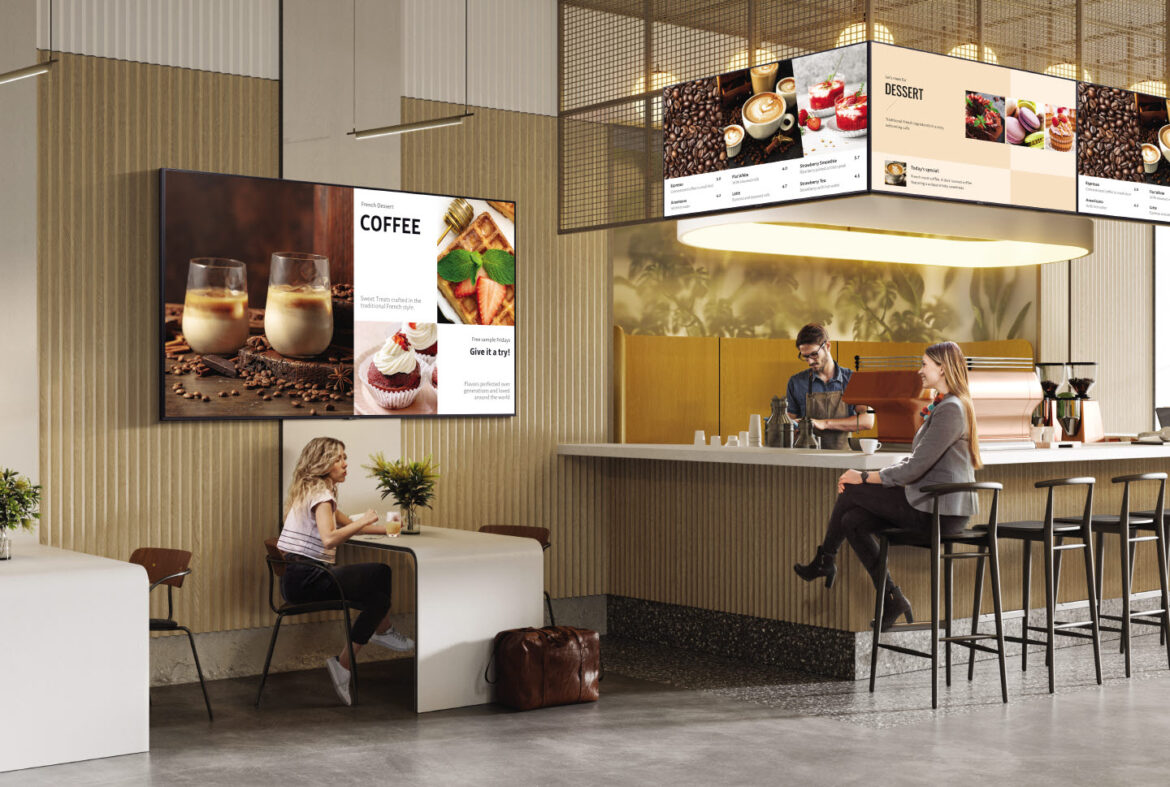Small and medium-sized businesses (SMEs) are the backbone of Australia’s economy, employing millions of people and driving innovation across industries. Yet the environment they operate in has never been more complex. Rising costs, talent shortages, and shifting customer expectations are putting unprecedented pressure on SMEs to do more with less – to stay competitive, connected, and agile in a market that is constantly changing.
In this environment, technology is no longer a nice-to-have support function; it has become a strategic enabler. The challenge is no longer just about adopting the latest tools, but rethinking how they are applied to drive growth, efficiency, and resilience. For many SMEs, display technology is emerging as a critical part of this equation — helping teams collaborate effectively, streamline operations, and adapt to the future.
Rethinking collaboration
Collaboration sits at the core of many successful SMEs. Whether it’s a startup refining its business model or an established company expanding into new markets, these businesses often operate with leaner teams where employees wear multiple hats. In this context, collaboration isn’t just a process, it’s part of the culture. The ability for teams to share ideas, work together in real time, and engage customers effectively is essential to keeping momentum and driving growth.
Modern display technology is enabling this in ways that go beyond the traditional office setup. For example, interactive displays in meeting rooms can replace paper notes and disconnected laptops, allowing everyone, whether in the room or dialling in remotely, to collaborate on the same digital canvas in real time. In customer-facing settings, digital signage can double as both a marketing tool and a live information board, helping staff update promotions instantly or highlight stock availability without manual effort. For SMEs with lean teams, this kind of flexibility reduces repetitive tasks and gives employees more time to focus on core business needs.
Ensuring seamless integration
For SMEs, the true value of any technology lies in how well it fits into existing workflows. Budgets are tight, resources are limited, and there is little room for inefficiencies.
That’s why integration matters. For SMEs, seamless integration means technology that works with the systems they already rely on, from cloud platforms and video conferencing tools to point-of-sale systems and customer apps. When displays can slot easily into these workflows, teams avoid the downtime and training challengesthat can come with new tech. Centralised management and intuitive interfaces also allow SMEs to oversee multiple locations or hybrid teams without stretching limited resources, ensuring displays deliver value from day one.
Built to flex and scale
One of the greatest strengths of SMEs is their ability to adapt quickly, to pivot, seize opportunities, and grow at pace. But that agility must be matched by technology that can scale with them.
Flexible display solutions can support this by adapting to different spaces, use cases, and business needs. For example, the same interactive display used for team meetings can double as a training tool for onboarding new staff or be repurposed for client presentations without additional setup. In customer-facing settings, a single digital signage platform can scale from one location to many, with updates managed centrally rather than staff having to change content store by store. For SMEs that need to pivot quickly, this kind of flexibility reduces the risk of costly overhauls and ensures technology grows alongside the business.
Looking ahead: the role of displays in SME growth
As Australian SMEs continue to navigate uncertain economic conditions, technology will play a defining role in shaping their success. Displays are no longer passive tools; they are active enablers of collaboration, integration, and scalability.
For business leaders, the focus should be on adopting solutions that are intuitive, interoperable, and designed for growth. In doing so, SMEs can build more connected, resilient, and sustainable operations, setting themselves up not just to survive, but to thrive in a rapidly changing market.
Contributed by Neal Elliott, Head of Channel – Pro Display, Samsung Electronics Australia
